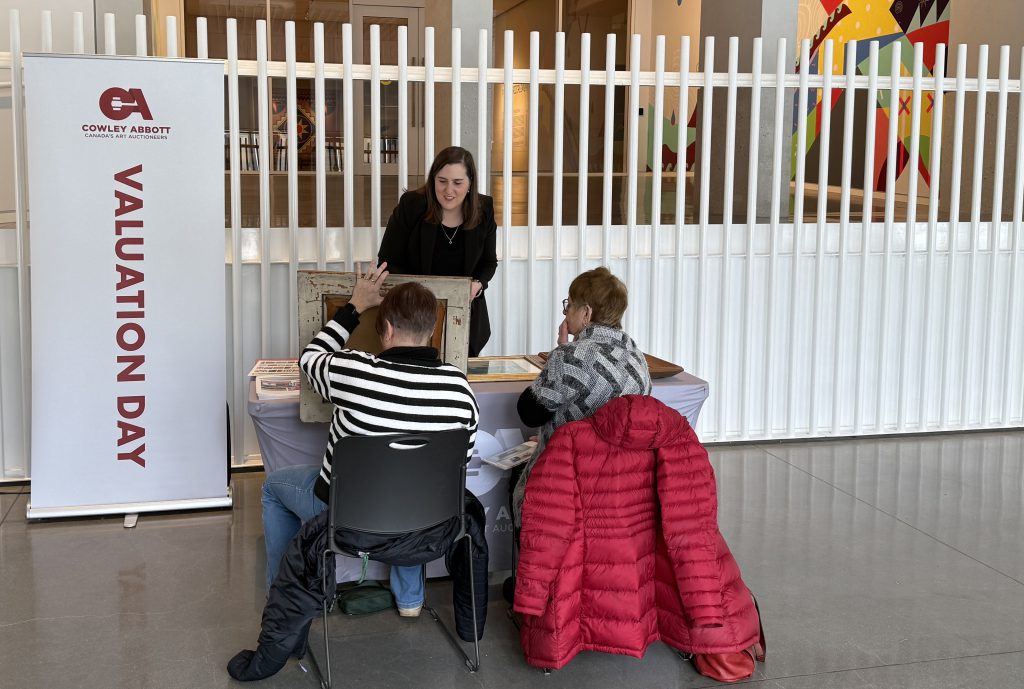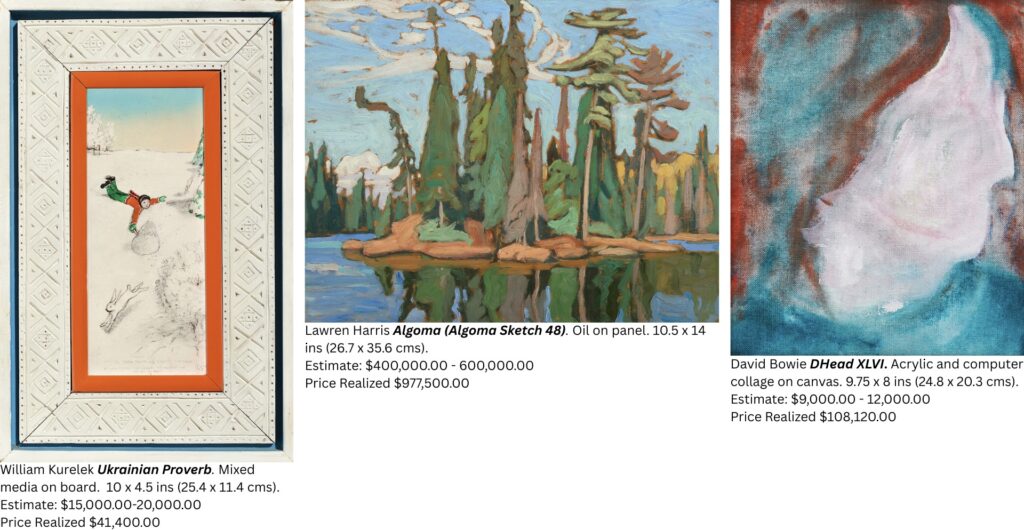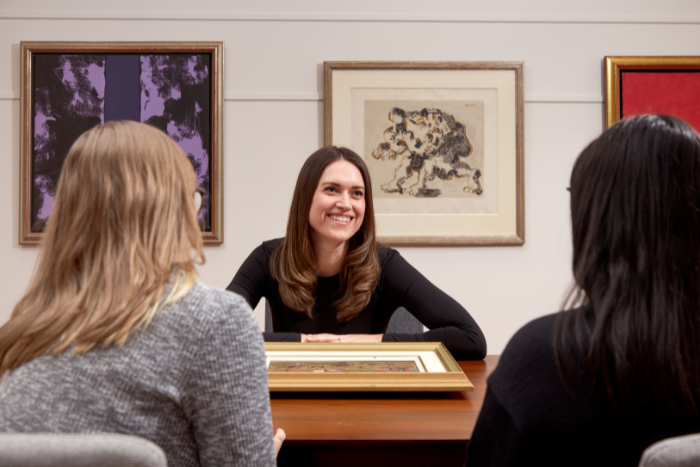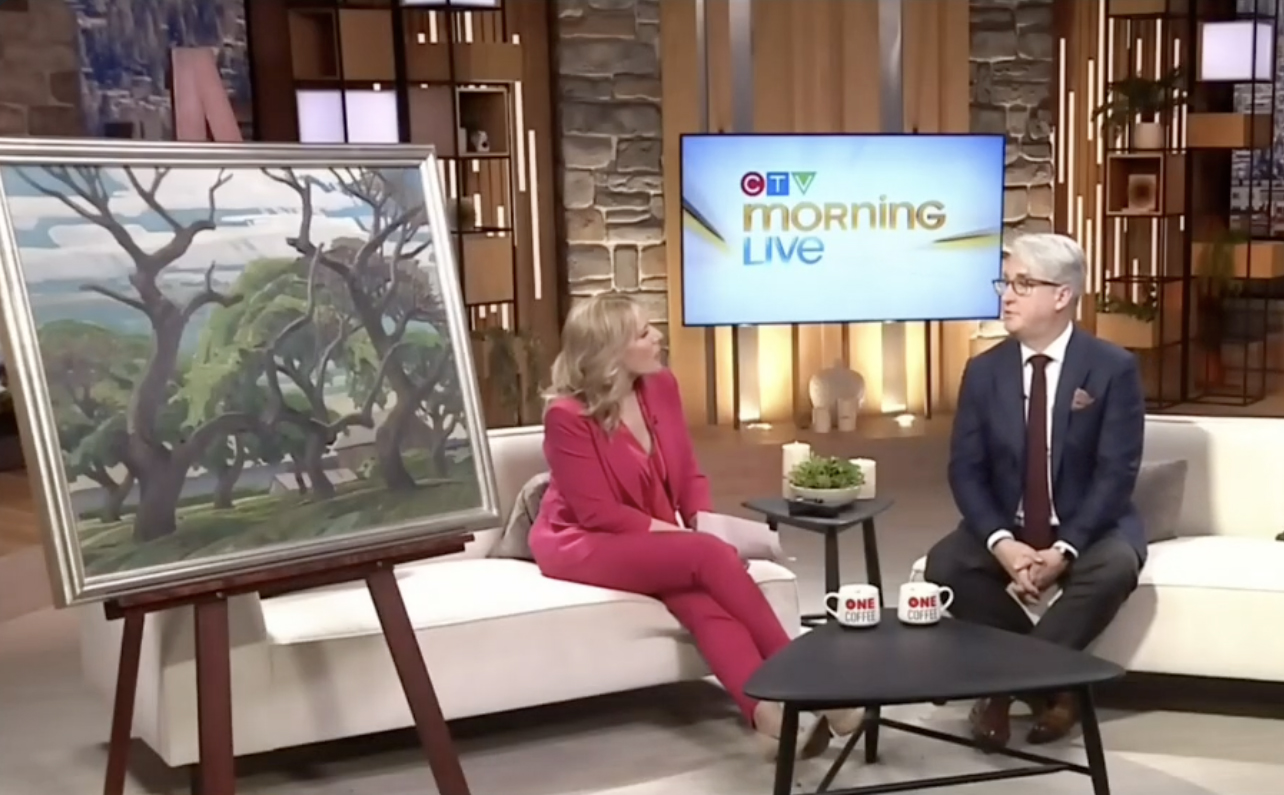For new collectors, prints can offer an accessible entry point to begin growing your art collection, offering works at more affordable prices.
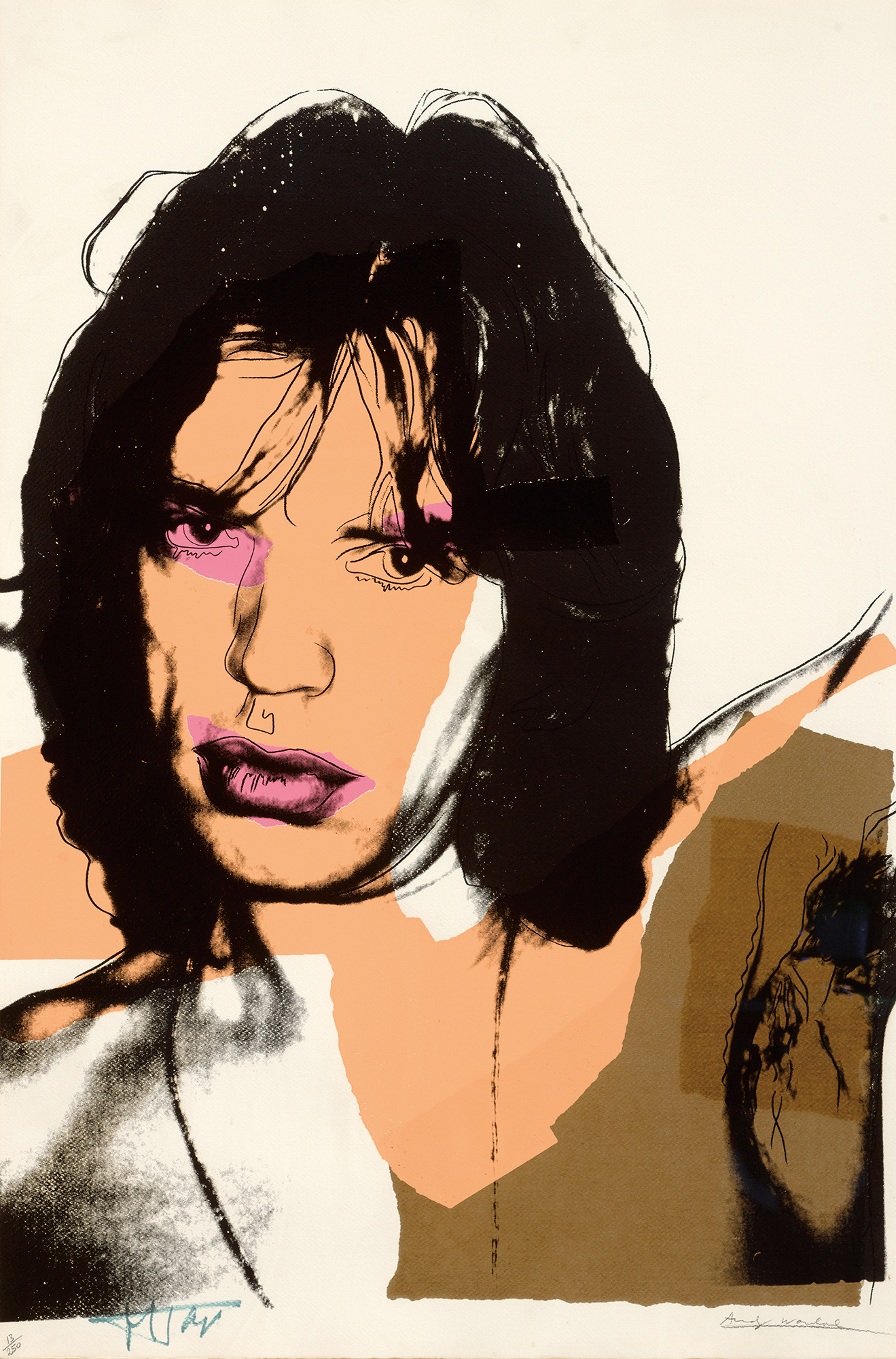
1. What is a print?
Prints are original artworks produced in limited numbers. They are often created under the artist’s supervision and in an edition. Prints and printmaking are broad terms used to describe:
- Aquatint: An intaglio printmaking technique that creates tonal areas.
- Drypoint: An intaglio printmaking technique that creates sharp lines with fuzzy edges.
- Engraving: Incisions are made into a metal plate which retain the ink and form the printed image.
- Etching: A printmaking technique using chemical action to produce incised lines in a metal printing plate, which holds the applied ink and forms the image.
- Lithography: On a flat stone or metal plate, an image is created using a greasy substance that allows the ink to stick, while the non-image areas are treated to repel ink.
- Mezzotint: An intaglio printmaking technique that creates soft gradations of tone.
- Monoprint: A form of printmaking where the image can only be made once, making the technique closer to a drawing or painting. The term monoprint and monotype are used interchangeably.
- Screenprint: A variety of stencil printing, using a screen made from fabric (silk or synthetic) stretched tightly over a frame. Also known as silkscreen and serigraphy.
- Woodcut: A method of relief printing using a block of wood cut along the grain. The raised areas of the image are inked and printed, while the areas that have been cut away remain blank.

2. What are edition sizes and proofs?
A print is a unique work produced in a limited edition, meaning only a specific number of impressions are made, and are usually signed by the artist. Each print is assigned an edition number, typically written as a fraction in the lower margin (for example: 25/50). The number on the left represents the individual print’s number, while the number on the right indicates the total size of the edition.
The number of prints in an edition is key and limited edition prints are generally considered to be more valuable. The following abbreviations usually appear on works outside the numbered edition, such as:
- A.P.: Artist’s Proof (or E.A. for épreuve d’artiste). Identical to the numbered edition and usually kept by the artist as a record of the print’s evolution.
- P.P.: Printer’s Proof. Identical to the numbered edition and is an example for the printer or publisher the artist was collaborating with.
- T.P.: Trial Proof. Used by artists and printers to see how the work is progressing before the official print run.
- E.P.: Experimental Proof. An experimental proof used by an artist as part of the creation process to be made into an edition.
- C.P.: Color Proof. Used to test which colours best represent the artist’s intention.
- H.C.: Hors Commerce, which translates to “not for sale”. These proofs were often intended for promotional use for galleries and dealers and are identical to the final edition.
- B.A.T.: Bon à tirer, a French phrase meaning “good to pull”. It is the final proof reviewed by the artist before the edition is printed. There is generally only one B.A.T. and the printer relies on it so that the final edition is as the artist intended.
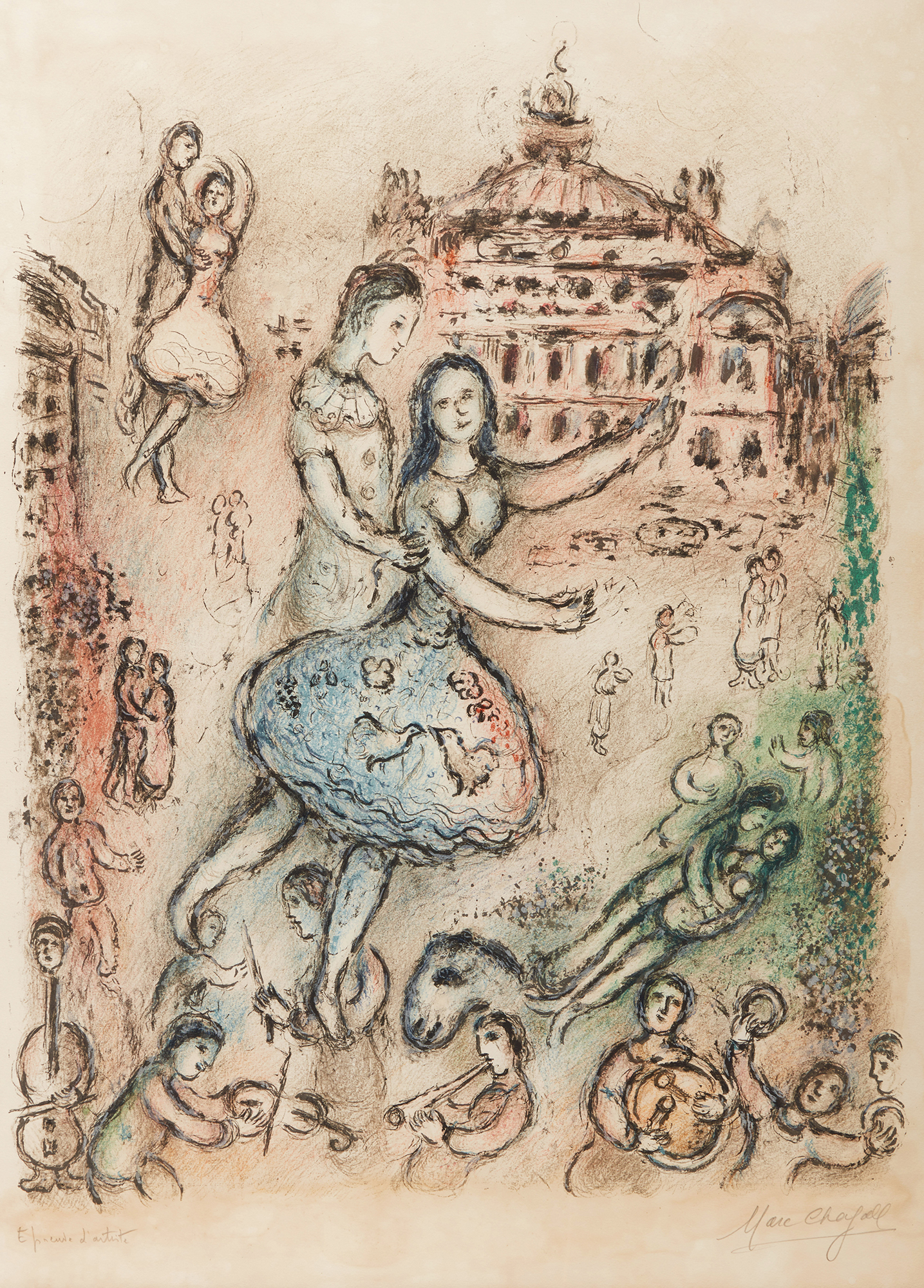
3. What are the different types of paper used in prints?
In our catalogue description, specialists will indicate what type of paper a print is on and will mention if any watermarks are visible. Here are some examples:
- Arches
- BFK Rives
- Hahnemühle
- Japan nacre
- Wove

The selection of paper is an important part of the printmaking process, which can influence the appearance of the printed image. For example, Roy Lichtenstein was known for using readily available paper, such as thin poster paper, and Andy Warhol similarly liked using inexpensive paper for his Soup Cans during the 1960s to emphasize that they were meant for everyone.
4. Why are catalogue raisonnés important?
A catalogue raisonné is a published collection of an artist’s complete works, listing each work with its title, date, and a description of its physical properties, such as medium, size and signature. The various editions are listed, along with the names of the printer and publisher.
Consulting the catalogue raisonné of an artist is, therefore, a necessary step for any serious collector to confirm if a print is a genuine work or not.

5. What are common condition issues to look out for?
Beyond the authenticity of a print, a collector should always consider its condition before making a purchase as it will impact its value. The most common imperfections can include the following:
- Creasing: An unintentional and permanent ridge or fold in the sheet of paper.
- Fading: Loss of brightness or brilliance of colour in the image.
- Foxing: Reddish-brown spots that appear on the paper due to water exposure or high levels of humidity.
- Tearing: Damage to the paper where it has pulled apart, leaving ragged or irregular edges.
- Trimming: An alteration of the size of a sheet, whether that be due to a condition issue or for framing.
- Yellowing: Alteration of a print that takes on a yellowish tint.





